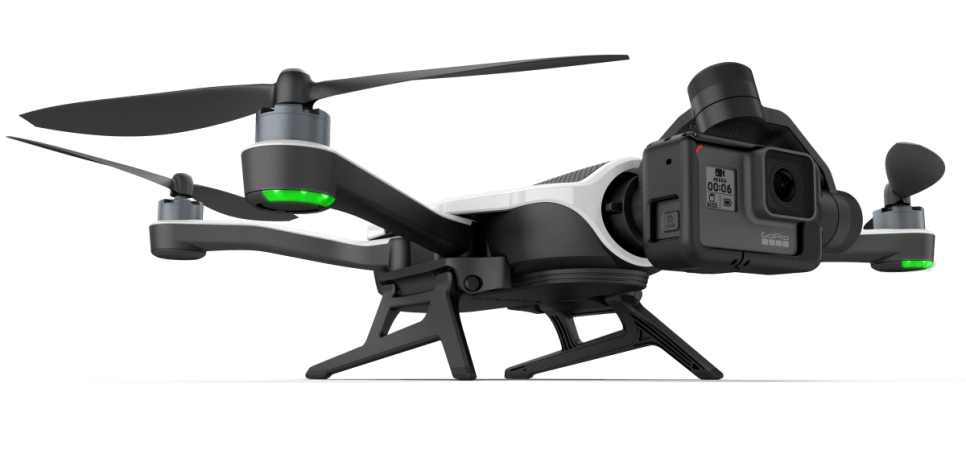
India's fledgeling drone industry is all set to take off in a big way following the implementation of a new drone policy allowing remotely piloted aircraft system (RPAS) to fly under a new set of rules.
Drone Regulation 1.0 classifies the nation's airspace into zones restricting the flight of drones over certain areas, media reports say.
The new regulation introduced from December 1 effectively scraps the earlier rules banning all unmanned aerial vehicles from the nation's airspace.
The drone operators can take clearance from the authorities to go airborne using a mobile app after they register their drones with the government.
Under the new rules the drones are classified into nano (less than 250 grams), micro (up to 2kg), small (up to 25kg), medium (up to 150kg), and large (greater than 150kg). All categories except the nano drones need to be registered and carry a unique identification number (UIN).
There are an estimated 40,000 drones in the country, many of them in the commercial sector including mining, agriculture, forestry, wedding, and infrastructure project management. The security agencies also operate an unspecified number of drones.
Jayant Sinha, minister of state for civil aviation, recently said the government is ready with the Digital Sky Platform standards to regulate the drone activity. The platform will regulate the registration of equipment, pilots, service providers, and administer the no permission, no take-off (NPNT) system, which will keep a drone grounded until it has received permission from the Director General of Civil Aviation to go airborne.
The new system does not track the drone once airborne. But Drone Regulation 2.0 will monitor the drone real-time to keep it within the granted air corridor, according to the minister.
The three air zones are green, yellow and red. In the green zone, the permission is granted automatically on applying through the app. The yellow zone is the controlled airspace where there are some controls while no remotely piloted aircraft systems are allowed
Industry sources point out that while Drone Regulation 1.0 may be considered primitive when compared to overseas rules, regulation 2.0 will be a real game changer. The present rules allow drones only for visual line daytime flight with a height ceiling of 400 feet (122 metres).
Sources said the industry is looking forward to the work of the task force drawn from industry, government, and academia formed to finalise the regulation 2.0, which will regulate delivery drones and aerial photography vehicles. The minister indicated that the new rules will be out by the middle of next month.
The task of the regulation 2.0 will be to bring India's drone rules abreast of international best practices.

















